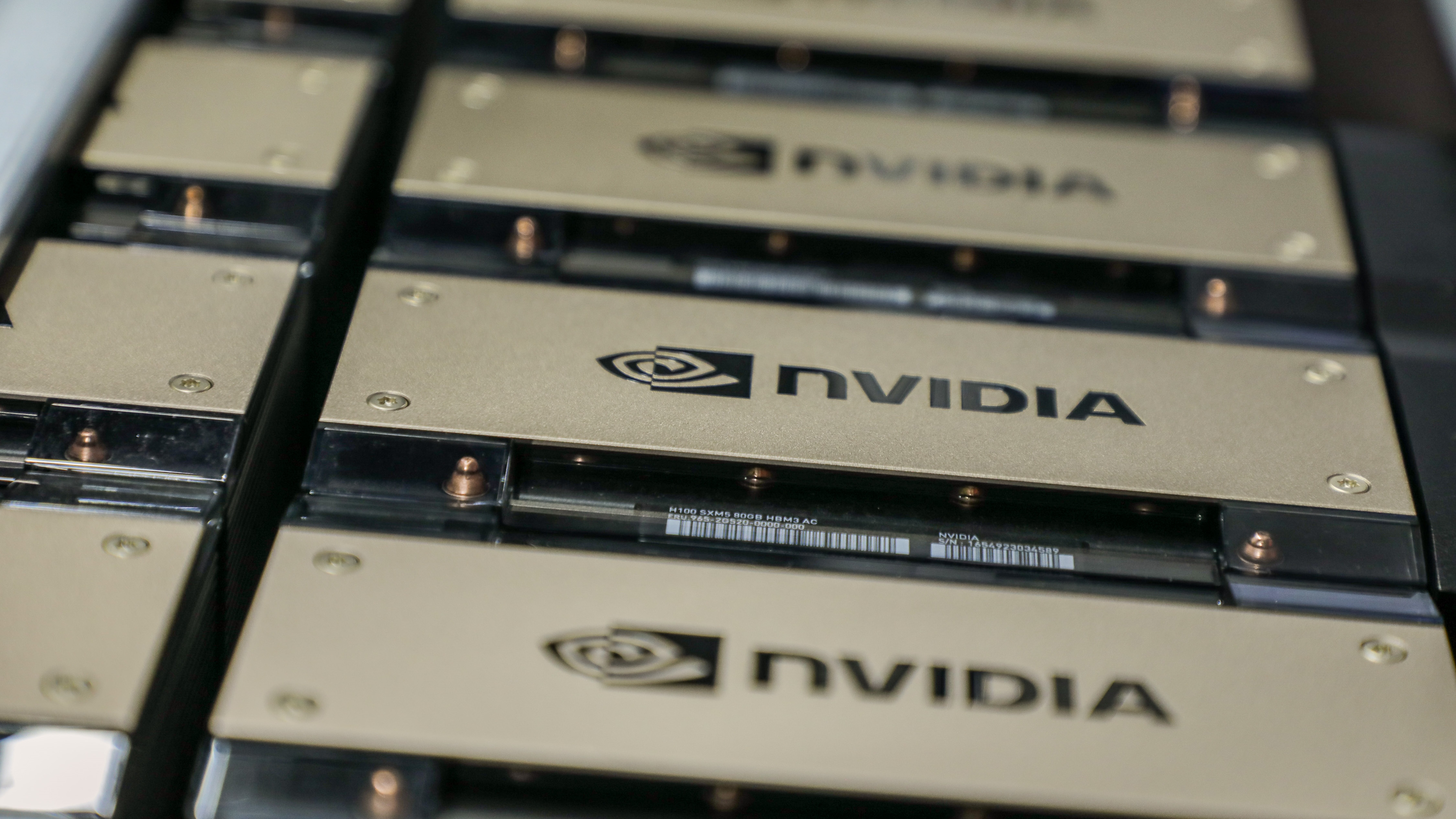
Amid ongoing discussions about tariffs impacting imports to the United States, we often overlook the stringent regulations concerning the export of technology like GPUs.
Recently, Nvidia announced that new U.S. regulations could result in a potential loss of $5.5 billion related to inventory and purchase commitments as outlined in their SEC filing. In this report, they noted:
“First quarter results are expected to include up to approximately $5.5 billion of charges associated with H20 products for inventory, purchase commitments, and related reserves.”
This serious financial impact stems from the U.S. government’s recent notification that a license is now required for exporting H20 integrated circuits to China. According to Nvidia, this requirement was communicated on April 9.
Leading to this drastic shift, the H20 was designed as a response to previous export restrictions that began to take effect in 2022. These measures initially targeted high-performance chips like the H100. If the production volume for this GPU model was significant in China, the current shifts suggest that even the altered H20 will face prohibitive compliance barriers.
These modifications in import/export requirements have implications not only for Nvidia but could also ripple through the wider semiconductor industry, affecting both producers and consumers globally. As Nvidia plans investments toward $500 billion in AI infrastructure in the U.S., the outlook for sustained financial health amidst these tumultuous regulations remains to be seen.
